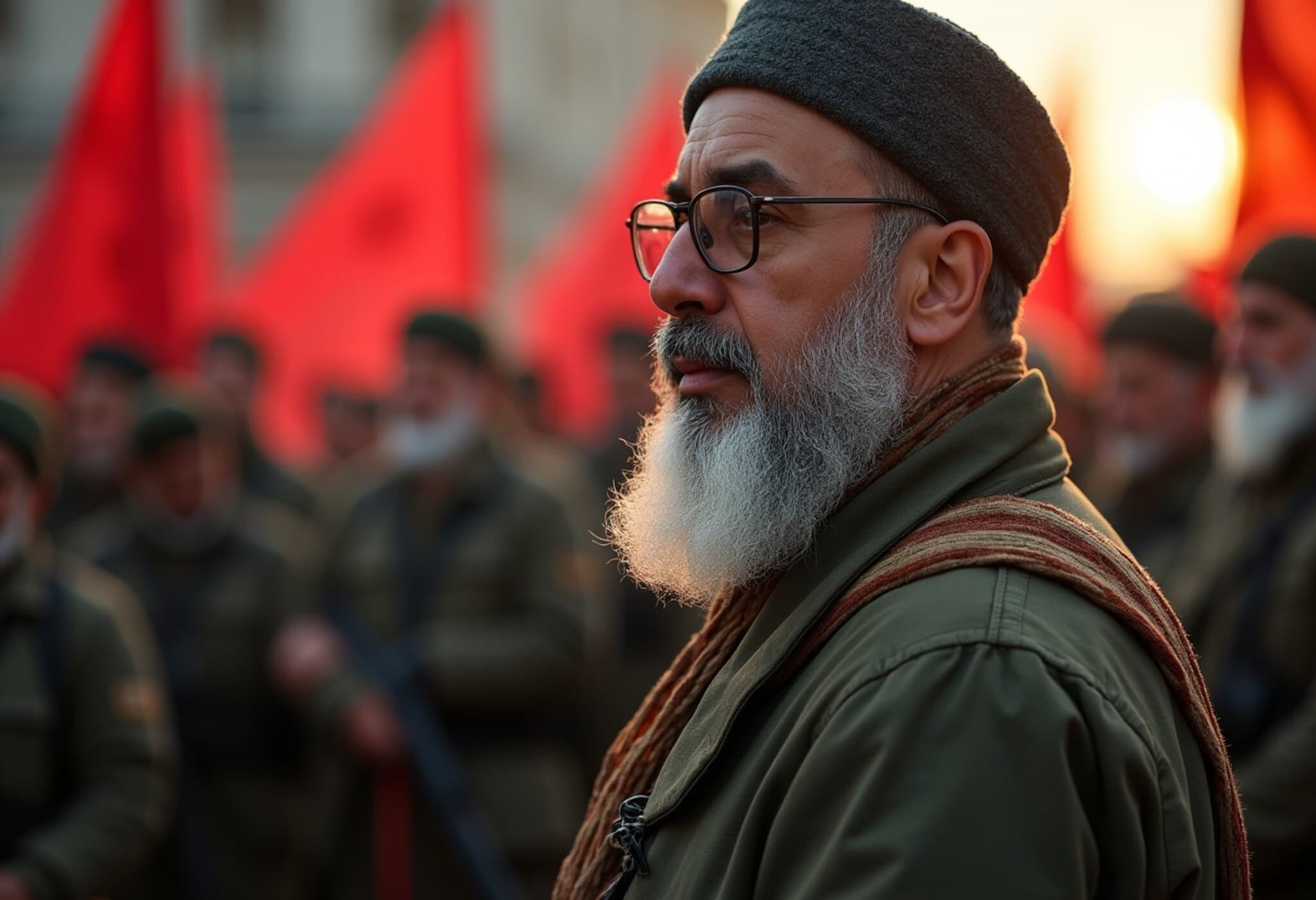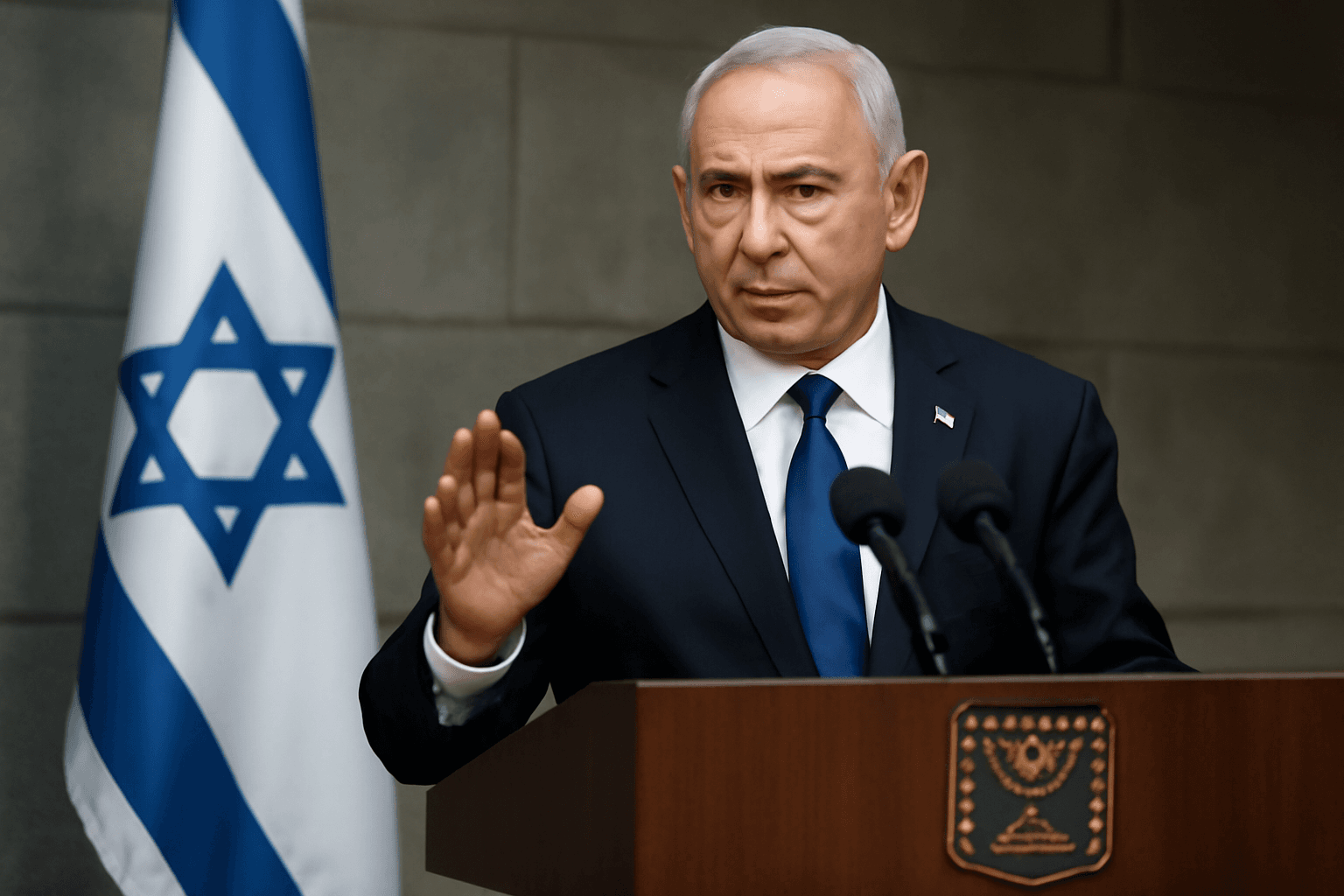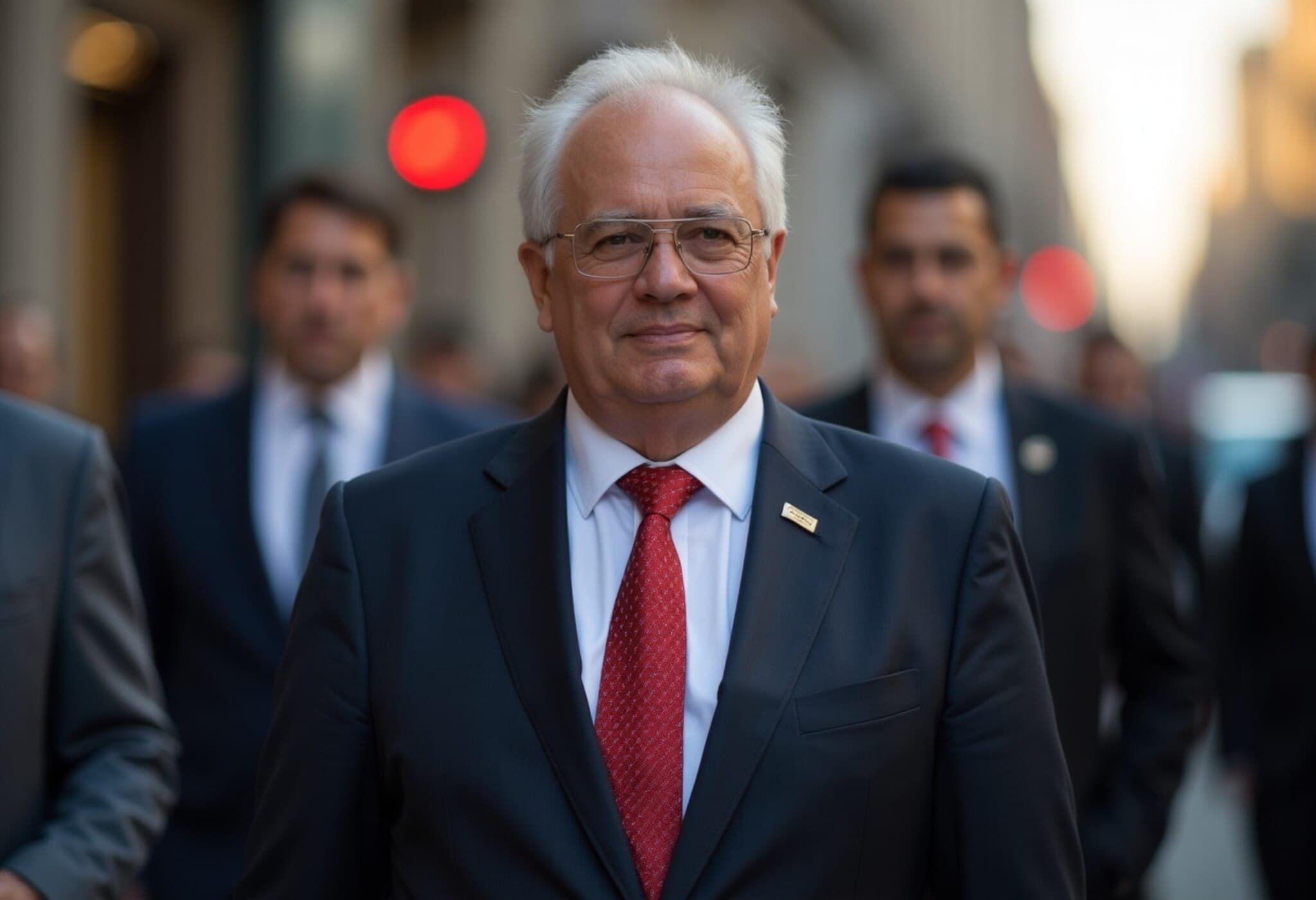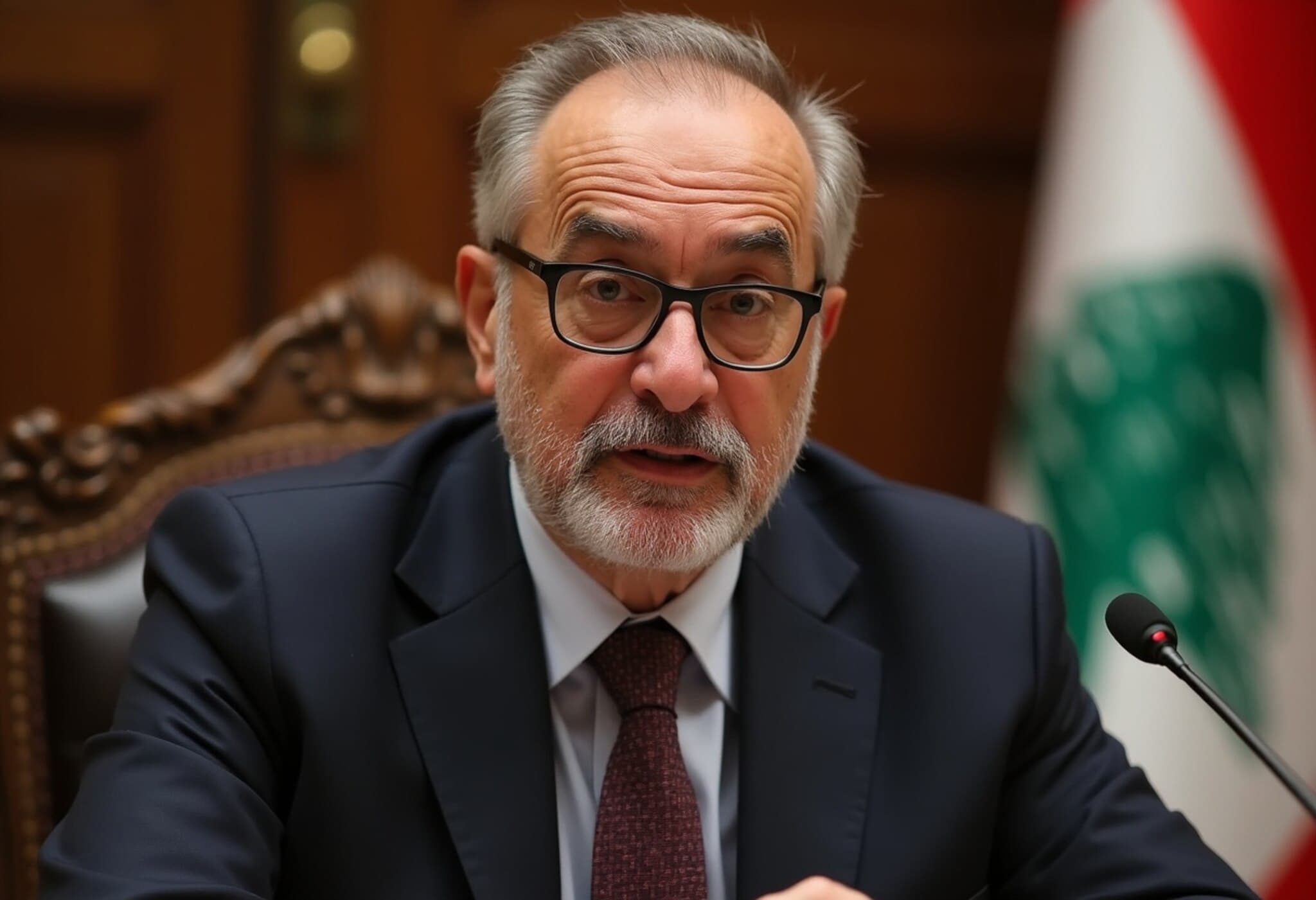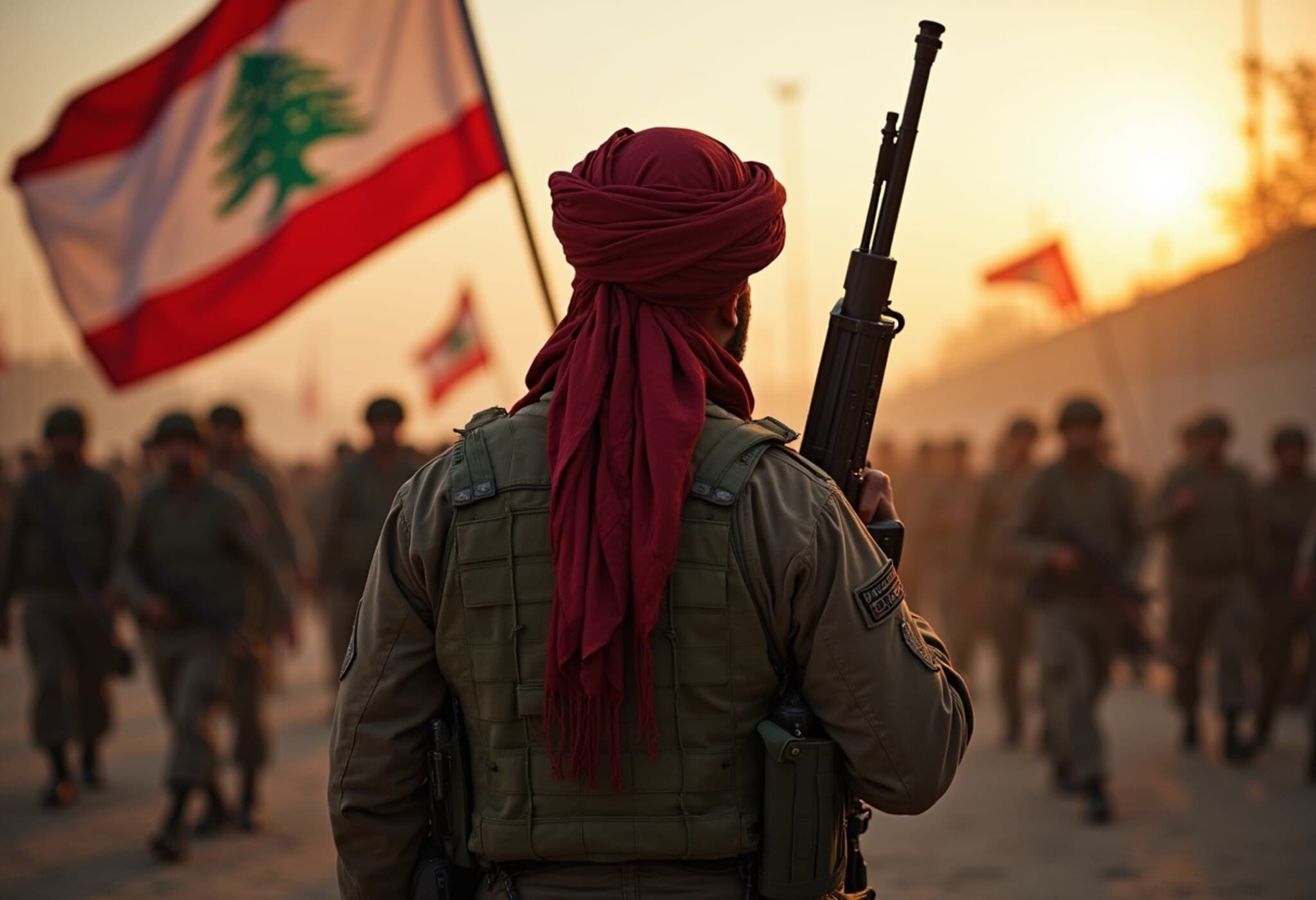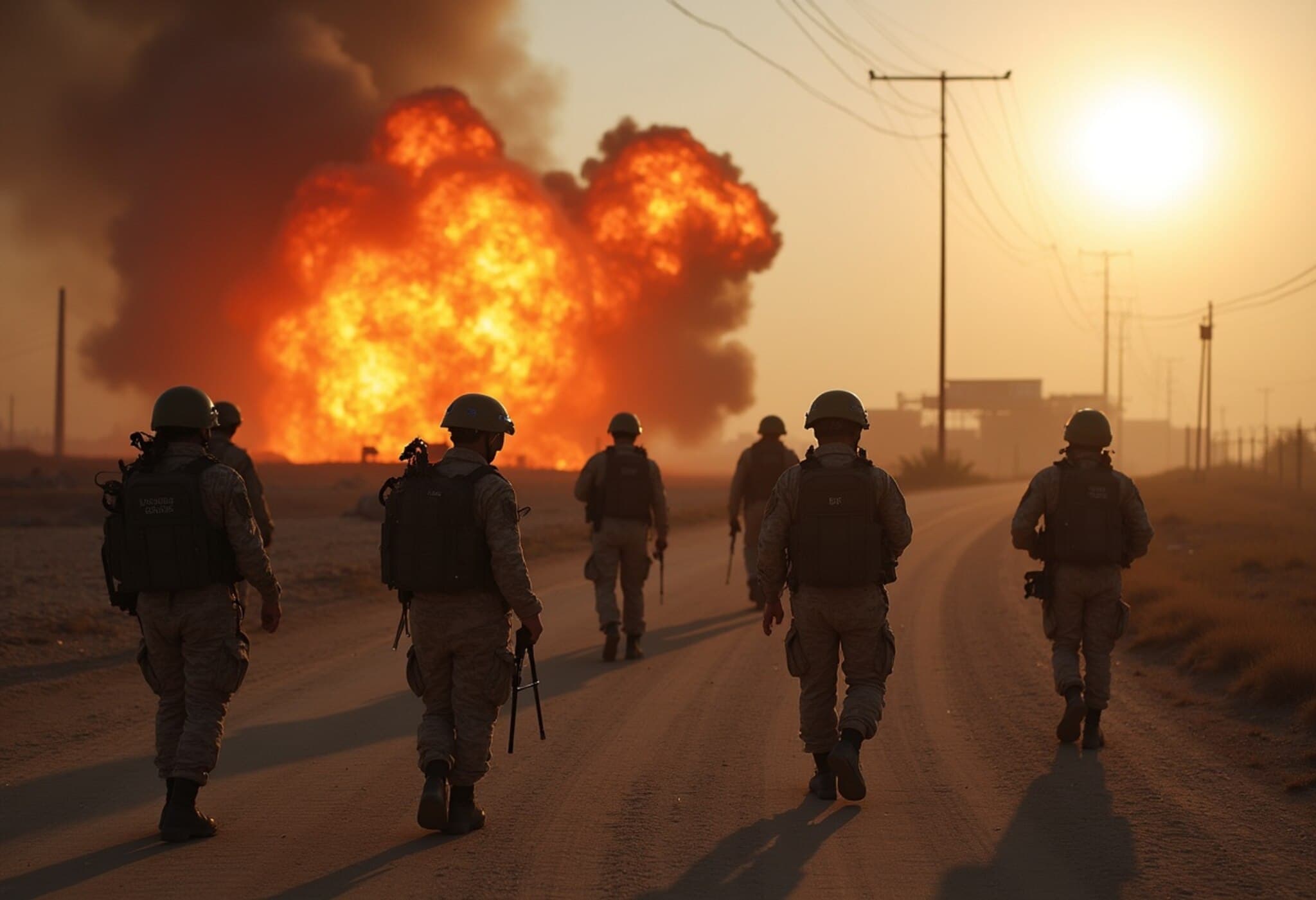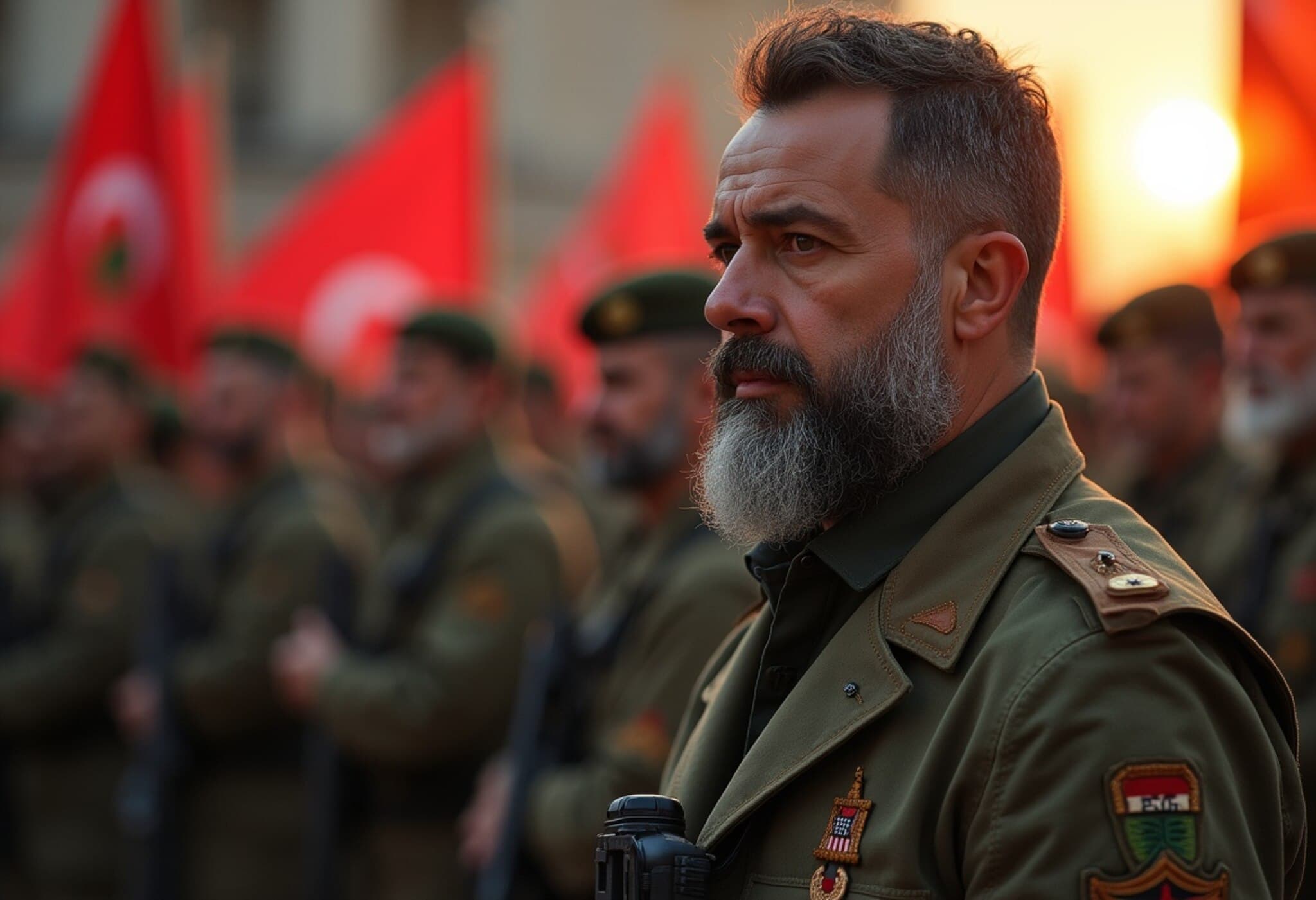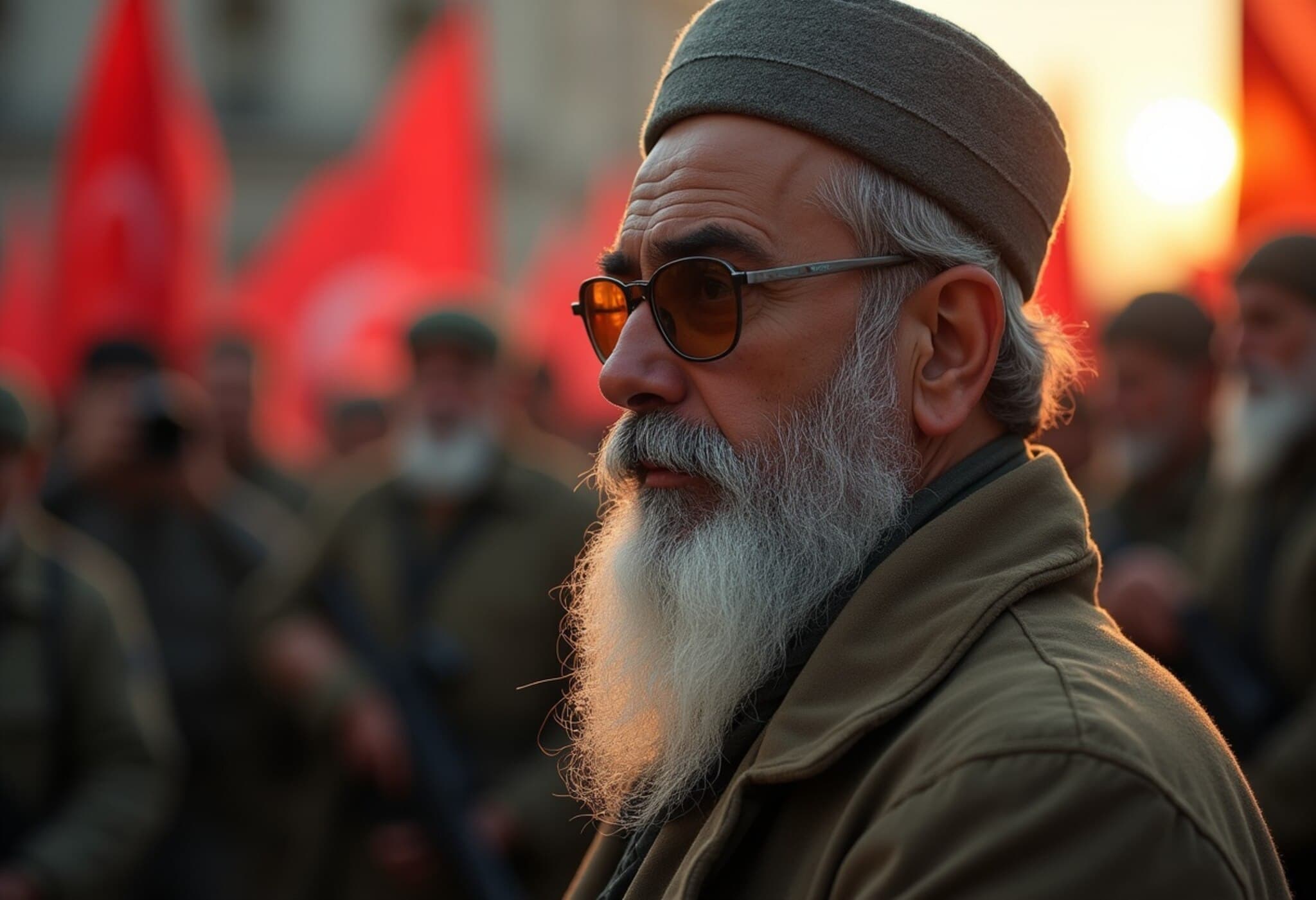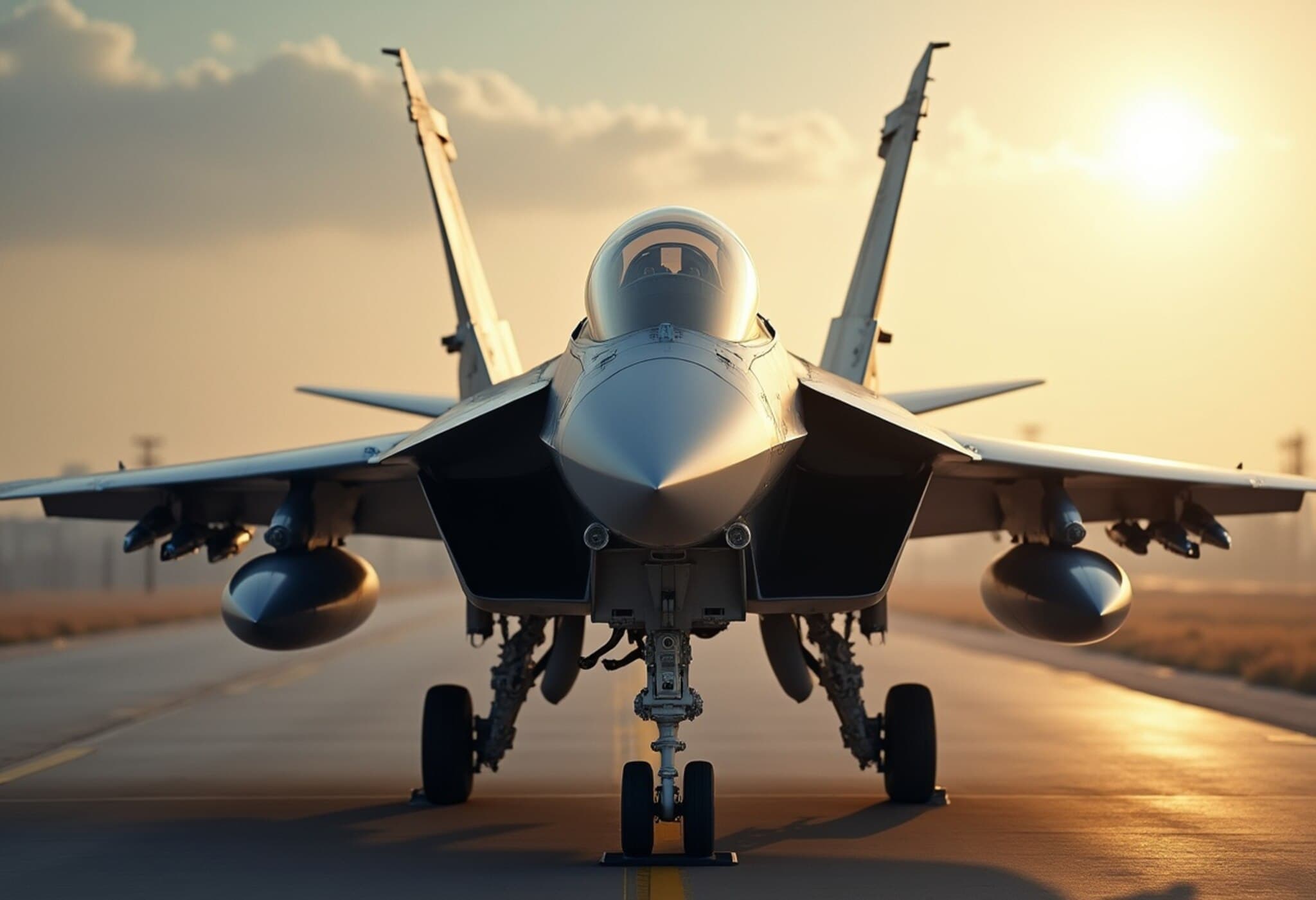Hezbollah's Staunch Defiance to Israeli Pressure
In a powerful address on July 6, 2025, Naim Qassem, the newly appointed Hezbollah leader, emphatically declared that his group will not succumb to Israeli threats or relinquish its weapons. Taking the helm following the assassination of longtime figurehead Hassan Nasrallah last September, Qassem's speech underscored Hezbollah’s unyielding stance amid mounting regional tensions and international demands for disarmament.
Context: A Fragile Ceasefire and Heightened Regional Tensions
The speech took place during the Shia religious observance of Ashura in Hezbollah’s stronghold in Beirut’s southern suburbs, a symbolic moment amplifying the group’s message of resistance. This defiance comes as Lebanese political leaders, grappling with the aftermath of last year's devastating conflict with Israel, repeatedly emphasize the necessity of a state monopoly on arms. Yet Hezbollah remains determined to wield its military capabilities as a deterrent and symbol of sovereignty.
Ceasefire Terms and the Reality on the Ground
- The November ceasefire mandates Hezbollah to reposition its fighters north of the Litani River, approximately 30 kilometers from the Israeli border.
- Israel is expected to withdraw its troops fully from Lebanon but continues to maintain forces at five strategic locations.
- Despite the ceasefire, Israeli strikes persist, citing ongoing threats from Hezbollah infrastructure.
Lebanese officials have publicly stated ongoing efforts to dismantle Hezbollah’s military infrastructure in southern Lebanon. However, Israel disputes the effectiveness of these measures and maintains pressure through targeted military actions.
Diplomatic Pressures and Hezbollah’s Strategic Calculus
Qassem’s remarks coincide with the arrival of US envoy Tom Barrack in Beirut, tasked with negotiating Hezbollah's disarmament by year-end. Lebanese authorities are preparing a formal reply to this request amid complex domestic pressures.
Qassem rejected calls for disarmament, framing Israeli actions as the primary obstacle. He demanded Israel honor the ceasefire fully, including withdrawal from occupied territories and release of prisoners captured during last year’s conflict. Only upon these prerequisites does Hezbollah indicate willingness to engage in dialogue on Lebanon's national security strategy.
Rejecting Normalization
Further distancing from recent Israeli diplomatic overtures, Qassem stated unequivocally that Hezbollah will never accept normalization with Israel, labeling it an “enemy.” This rejection resonates deeply within Lebanese politics, where formal peace remains elusive, and complicates regional diplomacy efforts with neighbors like Syria, which itself deems current normalization discussions premature.
Human and Political Dimensions
The Ashura gathering, where supporters marched bearing Hezbollah, Lebanese, Palestinian, and Iranian flags, embodied the emotional weight of Hezbollah’s cause rooted in sectarian identity, regional alliances, and collective memory of conflict. The reverence for Nasrallah, depicted on posters, signals continuity of his militant legacy through Qassem’s leadership.
Expert Analysis: The Road Ahead
Hezbollah’s refusal to disarm highlights enduring challenges for Lebanon’s sovereignty and regional stability. From a US and Israeli perspective, pressing Hezbollah to relinquish arms is seen as crucial to preventing future hostilities. However, for Hezbollah and its supporters, armed resistance is framed as legitimate defense against what they perceive as Israeli occupation and aggression.
Furthermore, Lebanon remains in a delicate balancing act — its government is caught between international pressures, sectarian dynamics, and Hezbollah’s entrenched military presence. The question remains: can Lebanon maintain internal cohesion while navigating these fraught geopolitical currents?
Editor’s Note
As Hezbollah’s leadership evolves, the steadfast commitment to armed resistance underscores the persistent volatility in Lebanon-Israel relations. This development raises critical questions about the future of regional peace efforts, the effectiveness of ceasefire mechanisms, and the potential human cost should tensions reignite. Observers should watch closely how international diplomacy, Lebanese state institutions, and Hezbollah’s internal dynamics will shape the trajectory ahead.

